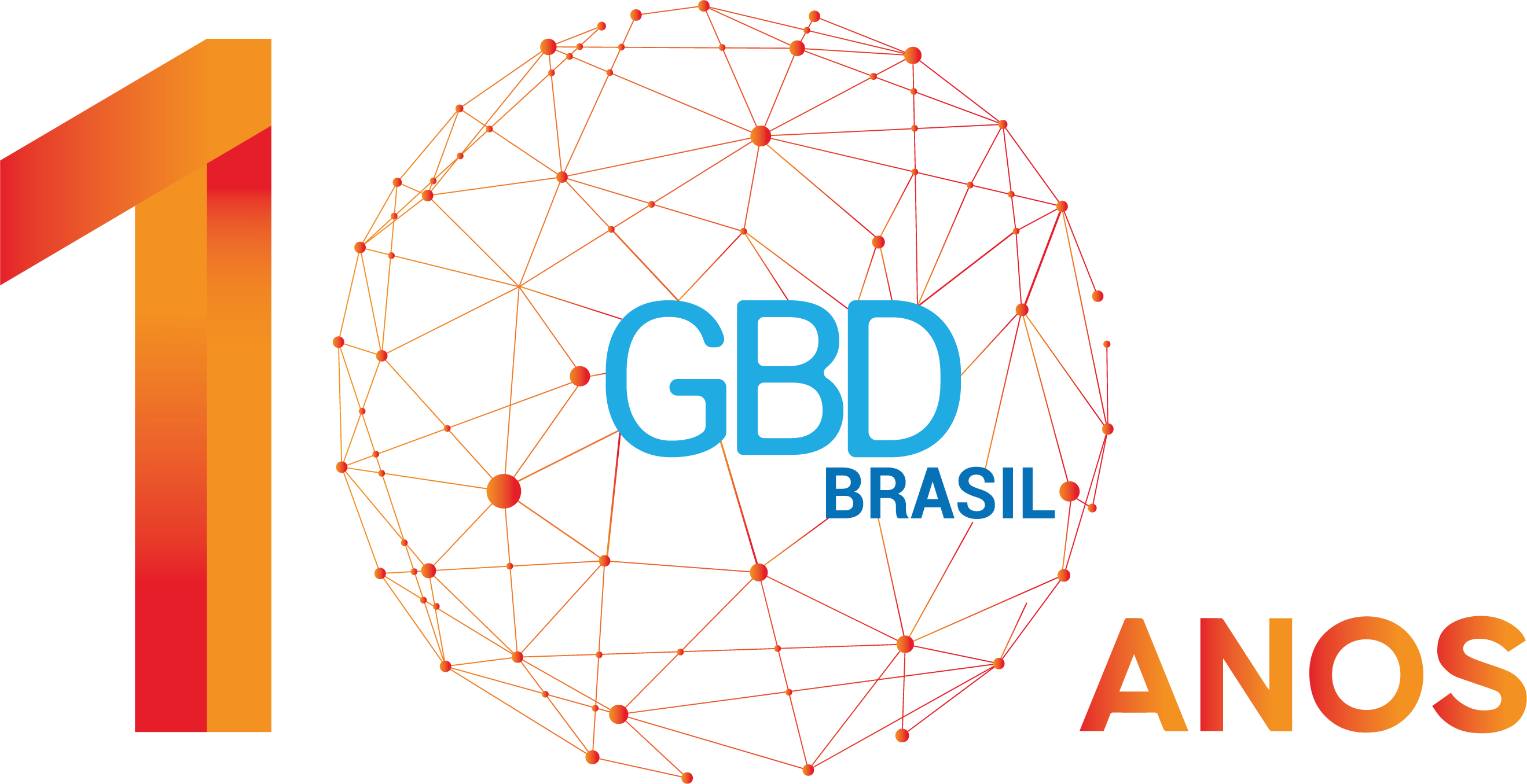Data de publicação
2022
Periódico
Revista da Sociedade Brasileira de Medicina Tropical
Resumo
Introduction – Brazil is an important consumer market for cocaine. However, the consequences of this consumption and the pattern of distribution of the estimates are still poorly studied in the Brazilian states. The Global Burden of Disease study – 2019 (GBD-2019) has enabled us to describe and analyze indicators of mental disorders (MD) attributable by cocaine use in Brazil and its states, in 1990 and 2019.
Methods – A descriptive study of the burden of cocaine use disorders, using prevalence, age-standardized mortality rate (ASMR), years of life lost (YLL) due to premature death, years lived with disabilities (YLD), and disability adjusted life years (DALY), which accounts for YLL+YLD.
Results – Brazil ranks 8th as DALYs due to cocaine use disorder in the world (42.83/100.000; 95% uncertainty intervals [95% UI]: 35.28 to 61.43). Significant increases have occurred in the age-standardized rate prevalence (ASRP), ASMR, DALY, YLD, and YLL, in Brazil and its states, between 1990 and 2019. The ASRP in 2019 was 2.7-fold higher for men (278.60/100.000; 95% UI: 208.20 to 374.39) in comparison to women (104.01/100.000; 95% UI: 76.70 to 143.02). There is a predominance of YLD in the composition of DALYs; however, the YLL had the biggest increases between 1990 and 2019.
Conclusions – The high rate of DALYs and the increase in mortality rates show the need to scale up effective interventions to prevent and reduce the burden of disease attributable to cocaine use disorder, which is a preventable cause of death and disability.
DOI/link
https://doi.org/10.1590/0037-8682-0320-2021
Autoria
Vínculo institucional
Lattes
Orcid
Mohsen Naghavi
Institute for Health Metrics and Evaluation, Seattle, WA, USA.


